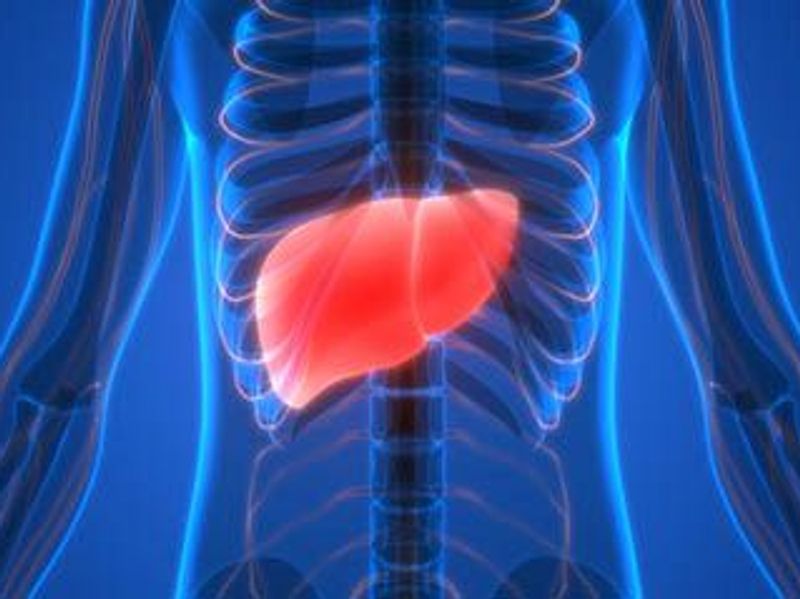Projected future increases in cirrhosis due to alcohol-related liver disease and nonalcoholic fatty liver disease
MONDAY, Nov. 23, 2020 (HealthDay News) — Cirrhosis disease burden in women has increased substantially since 2000, according to a study presented at The Liver Meeting, the annual meeting of the American Association for the Study of Liver Diseases, held virtually from Nov. 13 to 16.
Jennifer A. Flemming, M.D., from Queen’s University in Kingston, Ontario, Canada, and colleagues used administrative health care data from Ontario to assess the contemporary epidemiology of cirrhosis and liver-related complications in women and projected cirrhosis disease burden to 2040. The analysis was based on data from 65,217 women who were followed for a median of five years.
The researchers found the median age at diagnosis was 57 years, with cirrhosis etiology most commonly resulting from nonalcoholic fatty liver disease (NAFLD; 63 percent), followed by alcohol-related liver disease (ALD; 16 percent), hepatitis C virus (HCV; 10 percent), autoimmune liver disease (AI; 6 percent), and hepatitis B virus (HBV; 5 percent). Incidence rates for cirrhosis increased by 33 percent (average annual percent change [AAPC], 2.5 percent). The changes in incidence rate were greatest for ALD among women born after 1980 (AAPC, 12.8 percent/year), followed by NAFLD among women born between 1945 and 1964 (AAPC, 8.4 percent/year). By 2040, the incidence rate for cirrhosis is expected to increase by 8 percent due to increases in ALD (+42 percent) and NAFLD (+34 percent); declines are expected in HCV (−91 percent), HBV (−225 percent), and AI/other (−179 percent).
“Clearly, a heightened recognition of these key drivers of cirrhosis is essential for both primary care providers and specialists alike and should influence the development and evaluation of public health initiatives,” Flemming said in a statement.
Copyright © 2020 HealthDay. All rights reserved.








